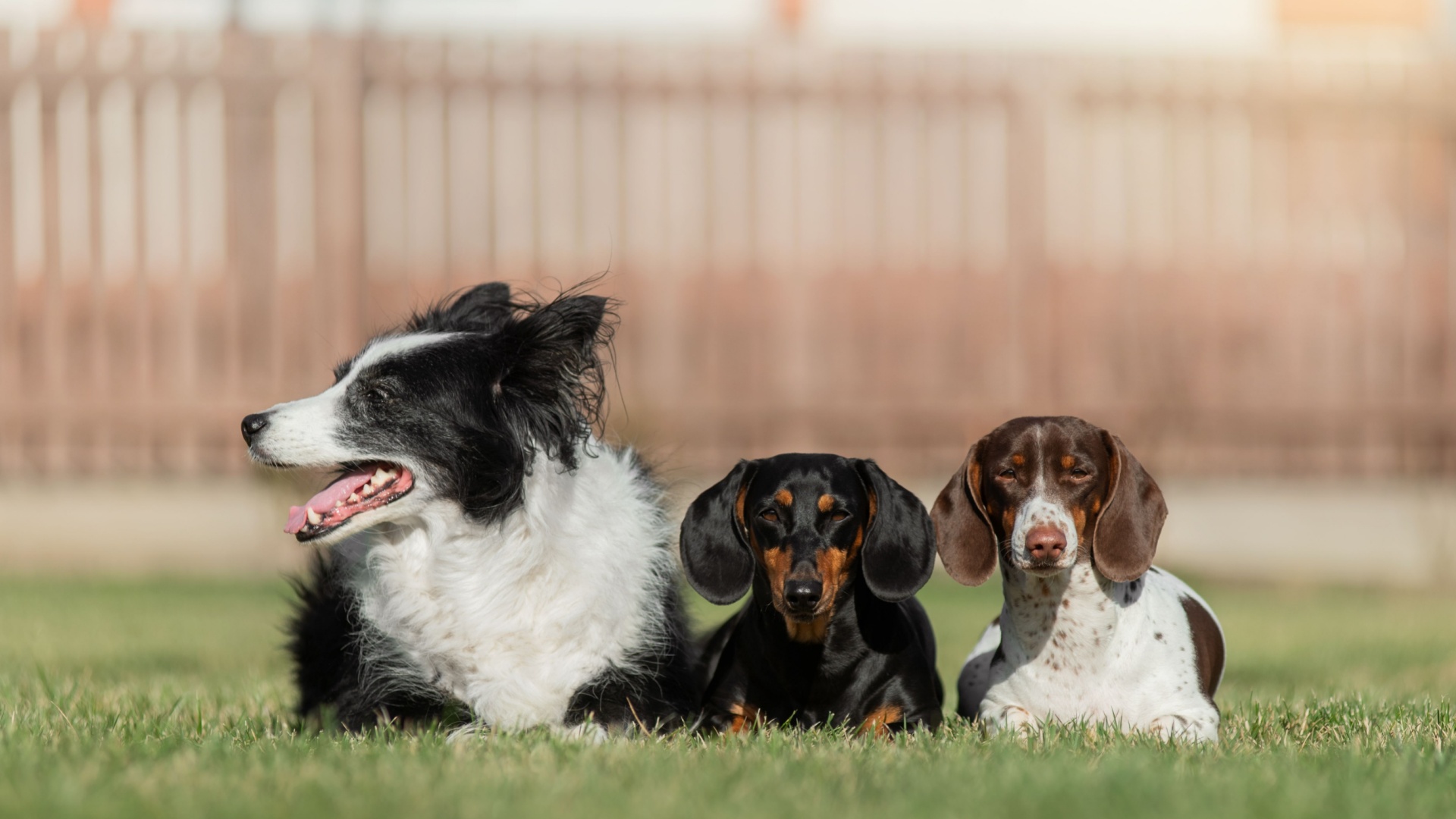Not every dog breed is the right fit for every person, and that’s okay. While all dogs have their own charm, some breeds come with traits or needs that might not align with certain lifestyles.
Whether it’s due to energy levels, grooming demands, or specific behavioral tendencies, there are reasons why some breeds may not be the best choice for everyone.
Here are the surprising reasons behind the breeds I’d pass on – and what makes them challenging!
1. Dalmatian
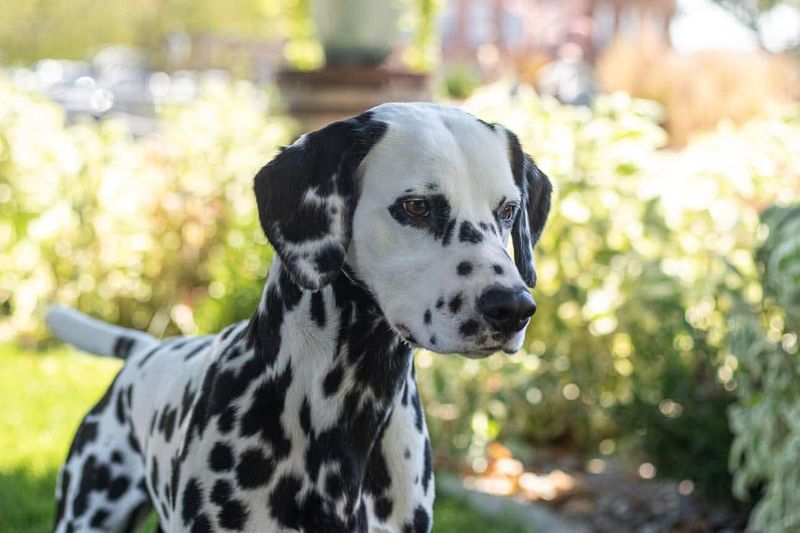
Known for their high stamina, Dalmatians require extensive exercise, which may not fit into a busy urban routine. They tend to be quite vocal, barking at the slightest noise, which can be a challenge for apartment dwellers. The breed is prone to certain genetic issues like deafness, which requires additional attention and care.
Beyond physical needs, Dalmatians have a strong independent streak, making training a rigorous task. Without proper guidance, they can become stubborn, often testing boundaries. The breed’s history as carriage dogs means they have a natural inclination to chase, which can be problematic near roads or in open areas. For families with very young children, their boisterous energy might be too much to handle.
While loyal and loving, Dalmatians thrive best in environments where they can receive ample physical and mental stimulation. Without these, they may develop behavioral issues, which can be a significant concern for first-time dog owners.
2. Chow Chow
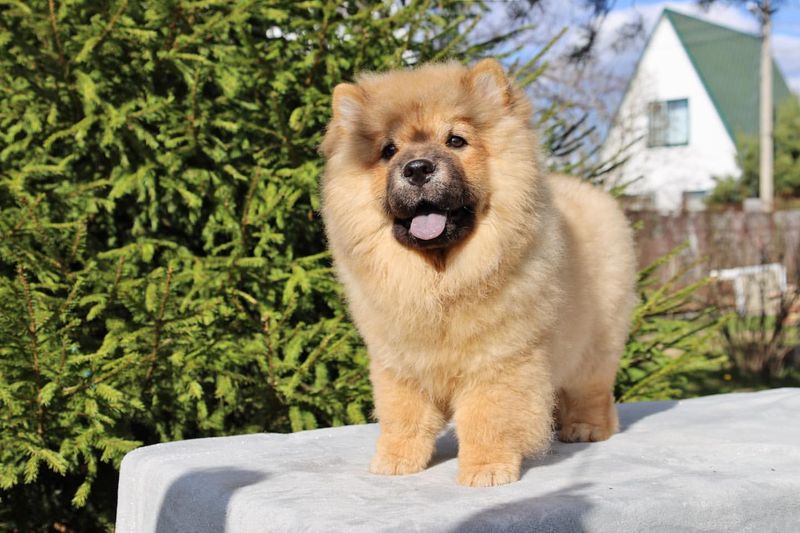
Chow Chows are known for their lion-like appearance and aloof demeanor. While their fluffy coats are undeniably adorable, they require constant grooming to maintain. This breed has a distinctly independent nature, often described as cat-like, which can make them seem distant and less affectionate.
Chow Chows are naturally protective and can be wary of strangers, making early socialization crucial. Without it, they might become overly suspicious or even aggressive, particularly towards unfamiliar people or animals. Their strong-willed personality can pose a challenge in training, requiring an experienced hand.
Moreover, Chow Chows are prone to joint issues, such as hip dysplasia, which can lead to significant healthcare costs. Their limited tolerance for heat, due to their thick coat, means they don’t fare well in warmer climates.
For those seeking a sociable, easy-going companion, a Chow Chow might not align with such expectations, as they often prefer solitude over social gatherings.
3. Afghan Hound
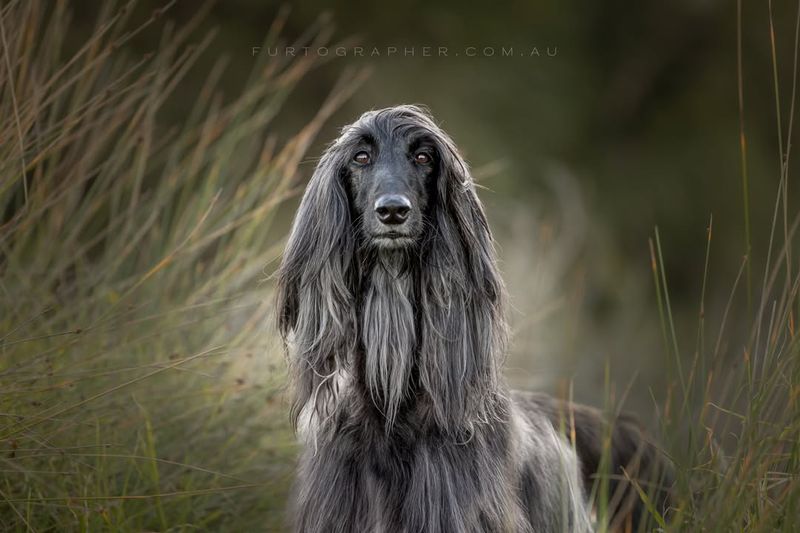
The Afghan Hound is a symbol of elegance and grace, known for its flowing locks and dignified stature. However, this beauty comes with a commitment to grooming that not all prospective pet owners are prepared for. Regular brushing and professional grooming are necessary to keep their coats tangle-free.
Afghans are also known for their independent nature. They may not always respond to commands, showing a selective hearing that can be frustrating for owners used to obedient breeds. This independence extends to their interactions, often seeming aloof and reserved, even with family.
Their history as hunting dogs means they have a strong prey drive, making them less suitable for homes with smaller pets. High fences are a must, as their agility can easily lead them over barriers.
While they’re excellent companions for those who appreciate their unique traits, Afghan Hounds may not be ideal for those seeking a more interactive and easily trainable pet.
4. Bulldog
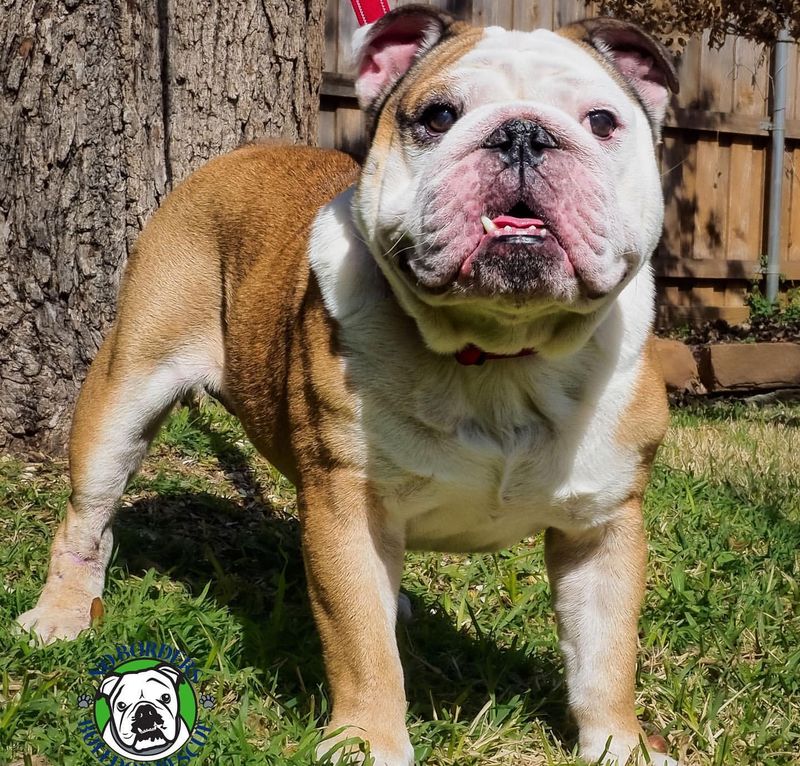
Bulldogs are often adored for their wrinkled faces and charming personalities. However, their unique physique comes with a set of health challenges. Bulldogs are prone to respiratory issues due to their brachycephalic skulls, which can lead to breathing difficulties, especially in hot or humid conditions.
Their low energy levels may appeal to some, but it means they can become overweight easily without careful monitoring of diet and light exercise. Bulldogs also have a reputation for stubbornness, making training a potentially prolonged process.
Patience is key when teaching them basic commands and house manners. Furthermore, their skin folds require regular cleaning to prevent infections, adding to the grooming routine. Despite these challenges,
Bulldogs are known for their affectionate nature and loyalty, making them wonderful companions for those prepared to manage their special needs.
5. Jack Russell Terrier
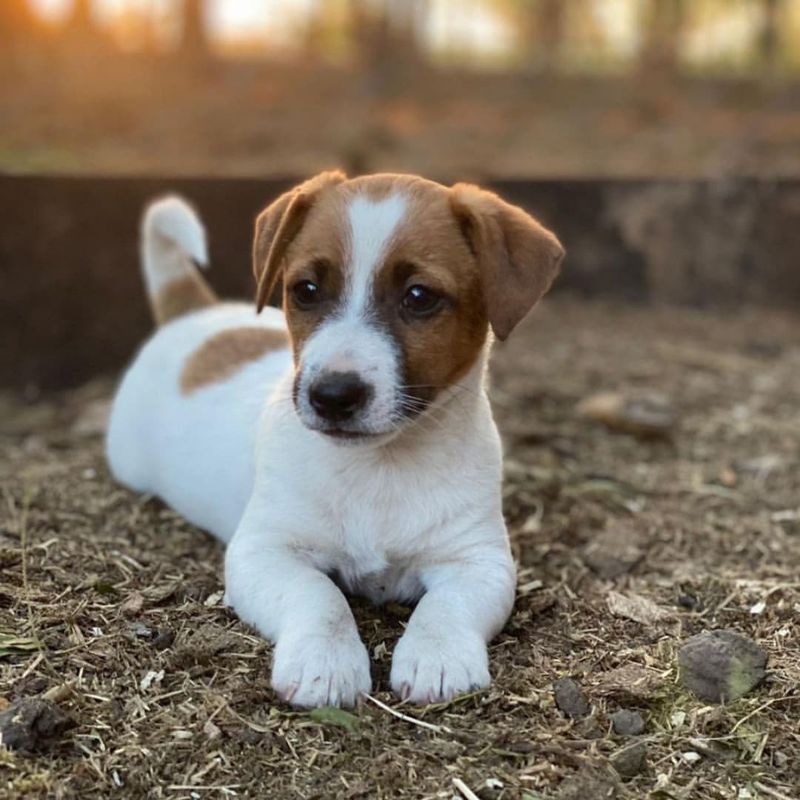
Their energetic nature is both a blessing and a curse, requiring ample exercise and mental stimulation to keep them happy. For those with a more relaxed lifestyle, this constant energy can prove exhausting. Jack Russells are incredibly intelligent, which means they need to be continuously challenged with new activities and training.
Without this, they can become bored and develop destructive behaviors. Their strong hunting instincts make them less suitable for homes with smaller pets like hamsters or birds. Training a Jack Russell requires consistency and patience, as their independent streak can make them resistant to commands.
They’re also known for their vocal nature, often barking at anything that catches their attention. While they make excellent companions for active individuals, families looking for a calmer pet might find them too high-maintenance.
6. Dachshund
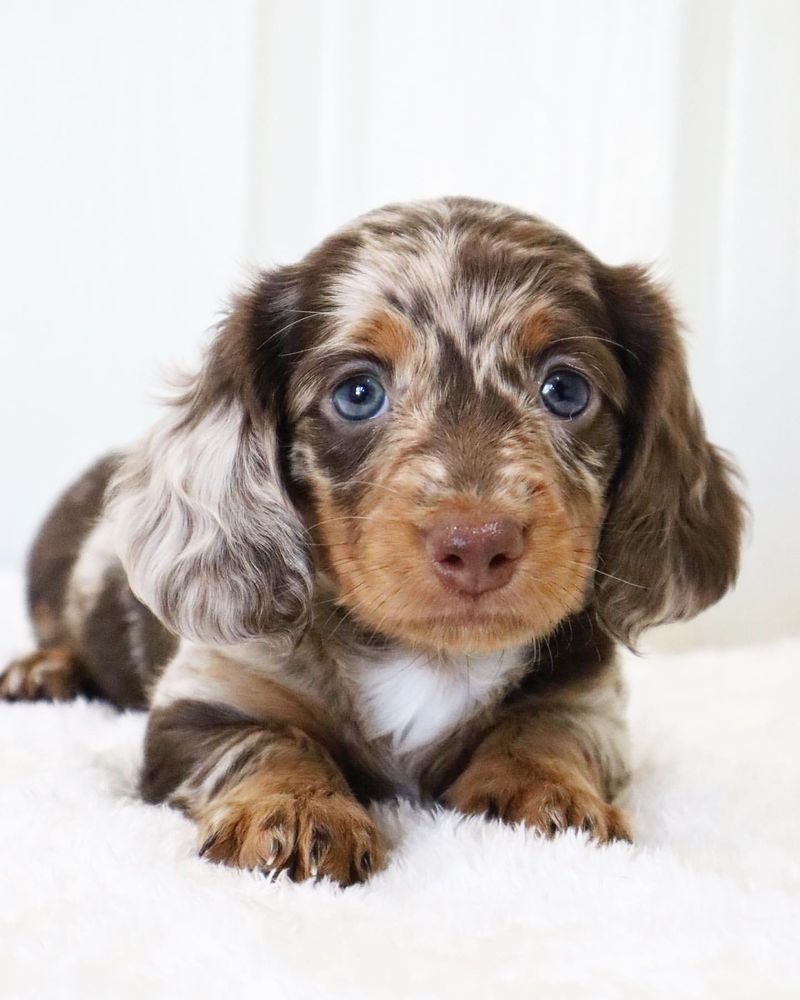
Dachshunds, with their long bodies and short legs, are undeniably cute and charismatic. However, their distinctive shape comes with potential health issues, particularly related to spinal problems that require careful handling and regular vet check-ups.
Despite their small size, Dachshunds are known for their bold and brave personalities, often displaying a stubborn streak that can make training a challenge. Consistency and positive reinforcement are key to managing their willful nature.
Dachshunds have a strong prey drive, a remnant of their history as hunting dogs. This can lead to them chasing smaller animals, and they might not get along well with other pets in the household. While they’re loyal and loving, their unique needs might not align well with every family, especially those unable to provide the necessary care and attention.
7. Siberian Husky
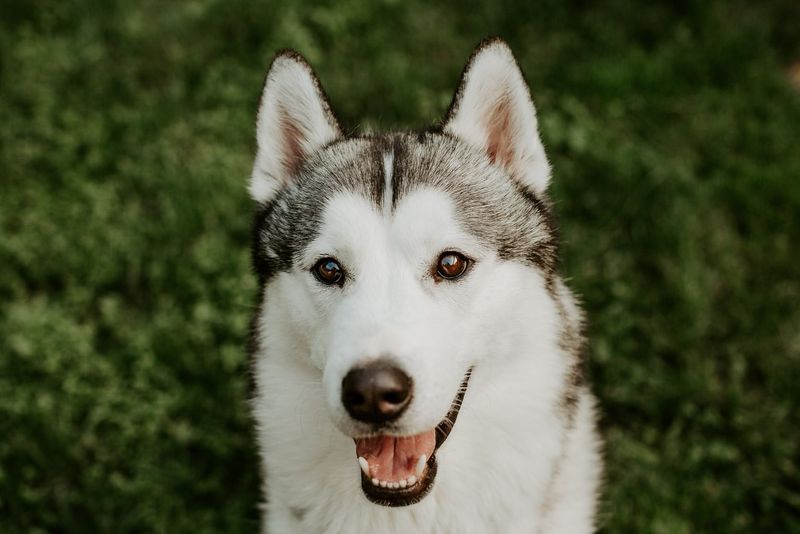
Originally bred for sledding, they require significant physical exercise and mental stimulation to keep them content. For those without the time for multiple daily walks or runs, a Husky can be overwhelming. These dogs have a strong pack mentality, which means they thrive on companionship but can become anxious if left alone for long periods.
Their vocal nature, often expressing through howls and barks, can be a challenge for those living in close quarters with neighbors. Huskies also have a strong prey drive, which requires secure fencing to prevent escapes. Their dense double coats mean they shed heavily, particularly during seasonal changes, necessitating regular grooming.
While they’re excellent for active families, those seeking a low-maintenance pet might find them a bit too demanding.
8. Great Dane
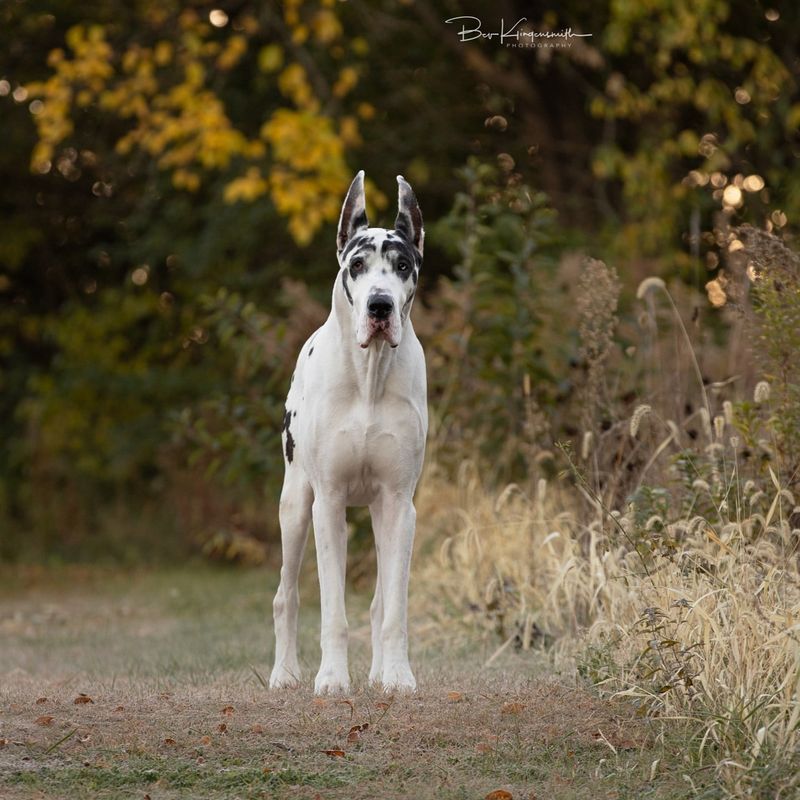
Great Danes are gentle giants, known for their impressive size and friendly demeanor. However, their large stature brings unique challenges, starting with the need for ample space. Smaller homes or apartments might not offer the room they require for comfort and activity.
The breed is prone to certain health issues, such as bloat, which can be life-threatening if not addressed promptly. Regular veterinary care and a well-managed diet are crucial to maintaining their health. Their short lifespan, typically around 7-10 years, can be a consideration for those looking for a long-term companion.
Training a Great Dane requires consistency and firmness, as their size can make them difficult to manage if not well-behaved. While they are affectionate and loyal, their needs might surpass what some families can provide, especially in terms of space and healthcare.
9. Shih Tzu
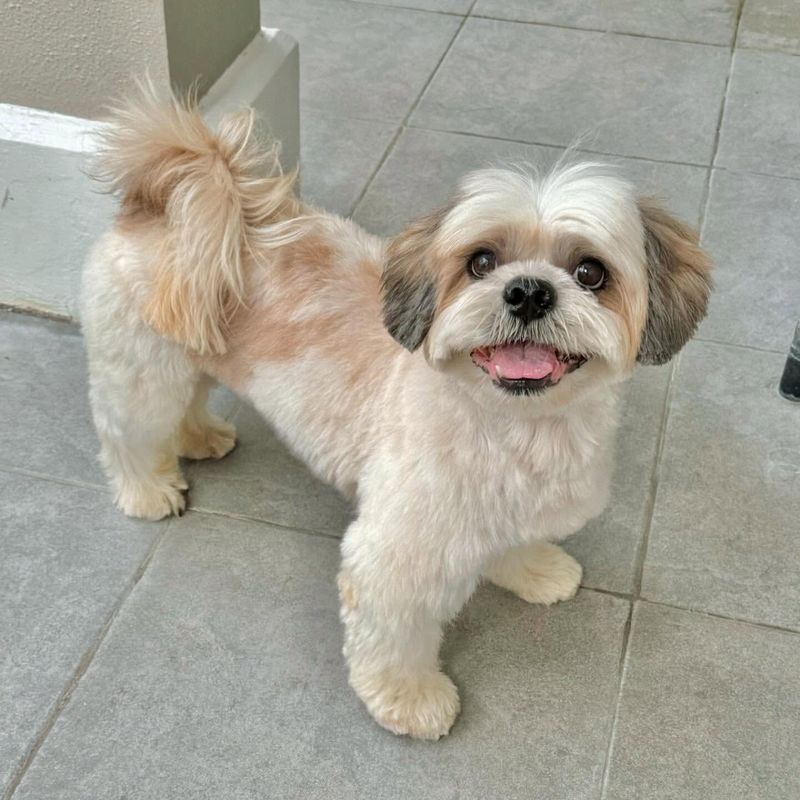
Shih Tzus are known for their luxurious coats and friendly personalities. However, their grooming needs are extensive, requiring regular brushing and trips to the groomer to keep their hair in top condition. This maintenance can be time-consuming and costly.
Despite their small size, Shih Tzus can be surprisingly stubborn, often displaying a willful attitude during training. Patience and positive reinforcement are essential to guide them through basic obedience and house training.
Their brachycephalic nature means they can suffer from respiratory issues, particularly in hot or humid weather. Potential owners should be prepared for these health considerations and ensure proper care is taken in warmer climates.
10. Border Collie
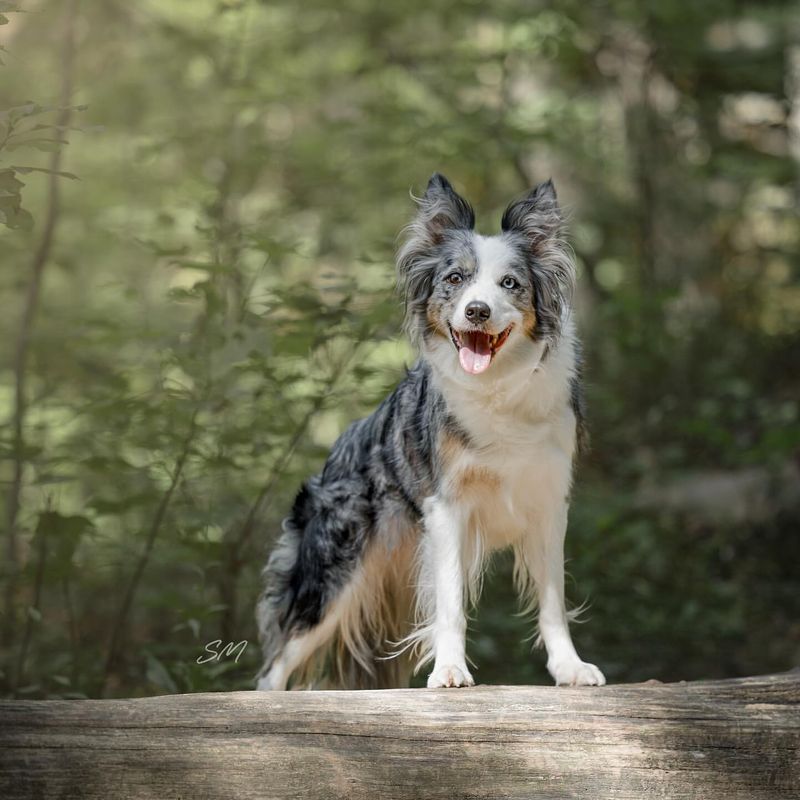
For those unable to provide ample time for training and exercise, a Border Collie can quickly become restless and develop behavioral issues. This breed thrives on work and needs a purpose, which means they are best suited for active families or those involved in dog sports.
Without sufficient outlets for their energy, they may engage in destructive behaviors as a way to entertain themselves. While they are incredibly loyal and eager to please, their demands can be overwhelming for first-time dog owners or those with less active lifestyles.
A Border Collie requires a significant investment of time and effort, which may not be feasible for everyone.
11. Saint Bernard
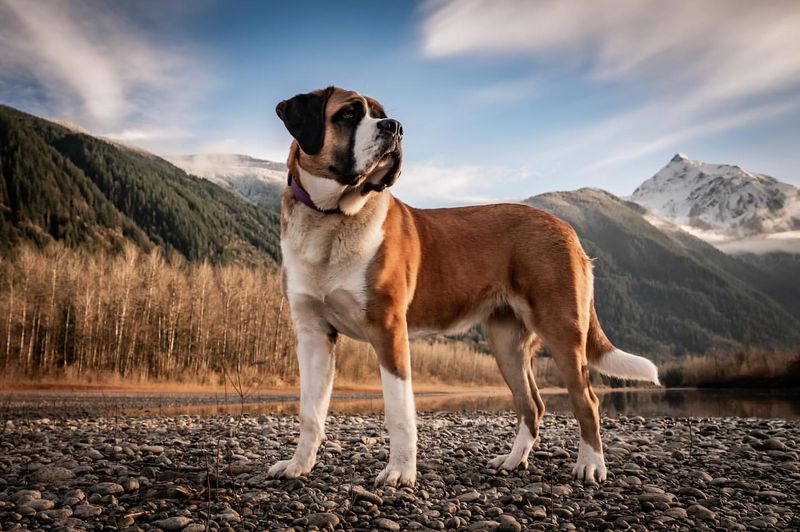
With their massive size and gentle temperament, Saint Bernards are beloved family companions. However, their size can be intimidating and requires plenty of room.
Apartments or smaller homes may not provide the room they need to move comfortably. The breed is prone to certain health issues, such as hip dysplasia and heart problems, which require attentive care and can lead to substantial veterinary costs. Their thick coats necessitate regular grooming to manage shedding and keep their skin healthy.
Saint Bernards also have a relatively short lifespan, typically around 8-10 years, which can be a consideration for those seeking a long-term pet.While their temperament is generally calm and patient, their needs may be more than some families can manage, particularly if space and financial resources are limited.
12. Weimaraner
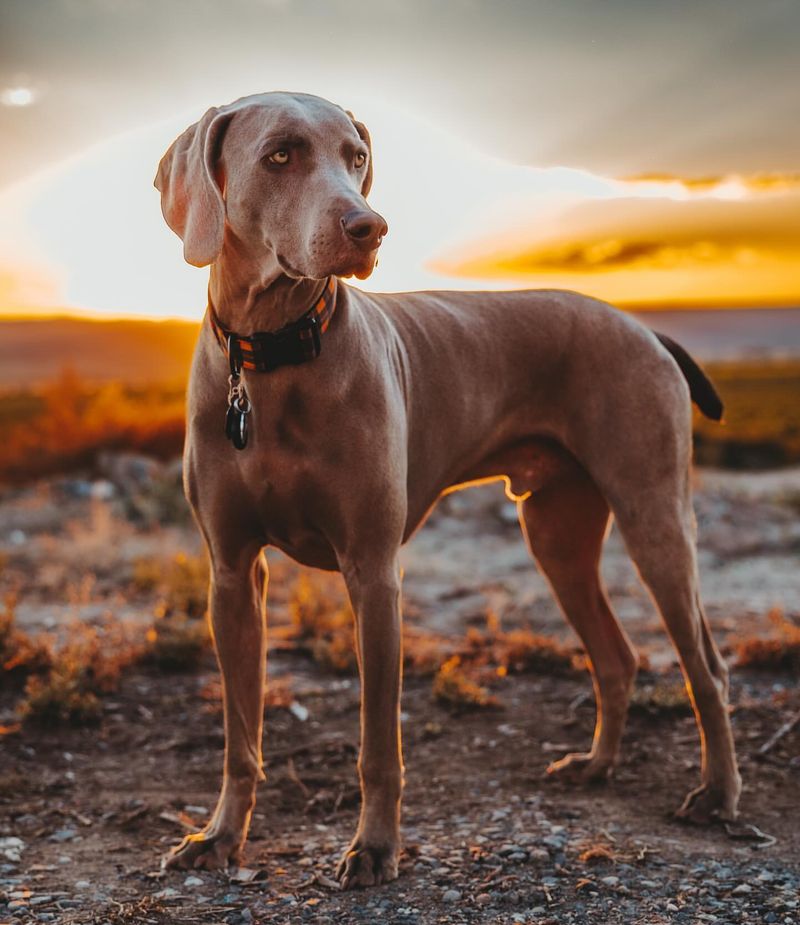
Weimaraners, with their sleek gray coats and energetic personalities, are known as ‘Velcro dogs’ for their desire to be close to their owners. This constant need for companionship can be a challenge for those who spend long hours away from home.
Their exercise requirements are substantial, needing regular runs and playtime to keep them physically and mentally satisfied. Without sufficient activity, Weimaraners can become anxious or develop destructive behaviors, such as chewing or digging. Training them requires patience and consistency, as their intelligent nature means they can quickly pick up both good and bad habits.
They are affectionate and loyal, but their high energy levels and constant need for attention may not suit families with more relaxed or less active lifestyles.
13. Basset Hound
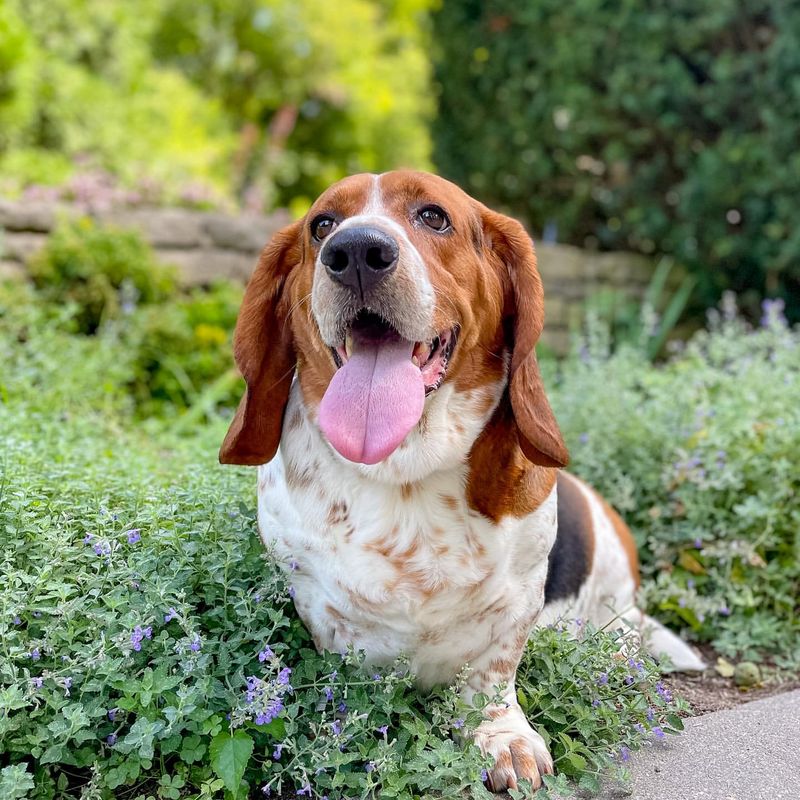
Basset Hounds are easily recognized by their long ears and droopy expressions, often endearing them to many. However, their stubborn nature can make training a lengthy process, requiring patience and consistency.
Their keen sense of smell can lead them to follow scents with single-minded determination, often leading to escapes or wandering off during walks. This trait requires secure fencing and vigilant supervision.
Basset Hounds are also prone to obesity due to their sedentary lifestyle, making regular exercise and a balanced diet crucial. Their droopy ears require regular cleaning to prevent infections, adding to their grooming needs.
14. Akita
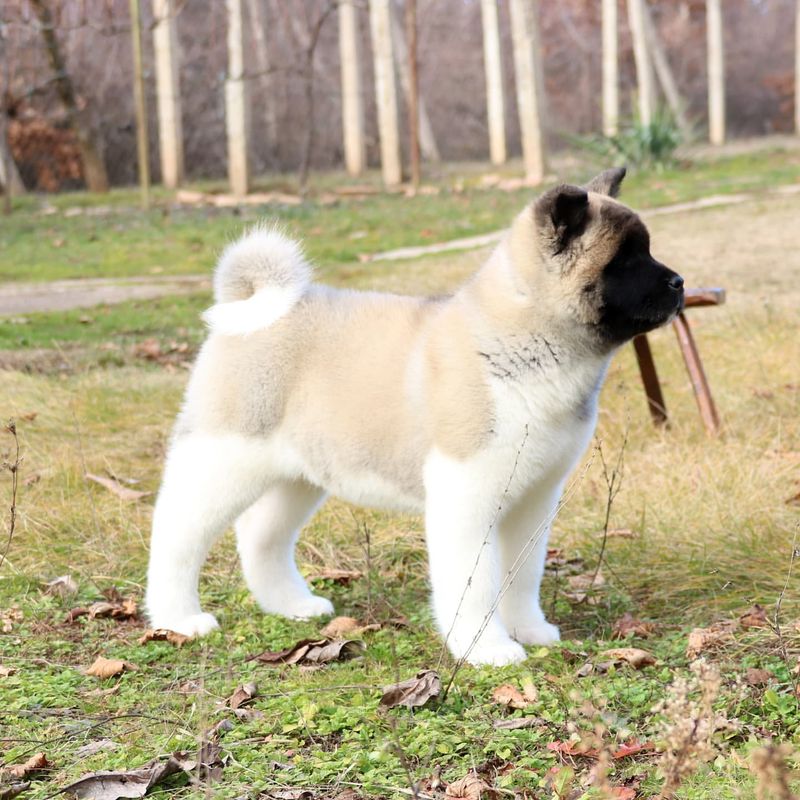
Originating from Japan, these dogs have a strong protective instinct, making early socialization and training essential. Without proper guidance, their natural wariness can lead to aggression towards strangers or other animals. These dogs require an assertive owner who can provide firm leadership and consistent training.
Their independent nature means they may not always respond to commands, particularly if they perceive themselves as the leader. Akitas are also prone to certain health issues, such as hip dysplasia and autoimmune disorders, necessitating regular veterinary care.
Their thick coats require regular grooming to manage shedding, especially during seasonal changes. While they are devoted companions for the right owner, their unique needs may not be compatible with every family.
15. Cocker Spaniel
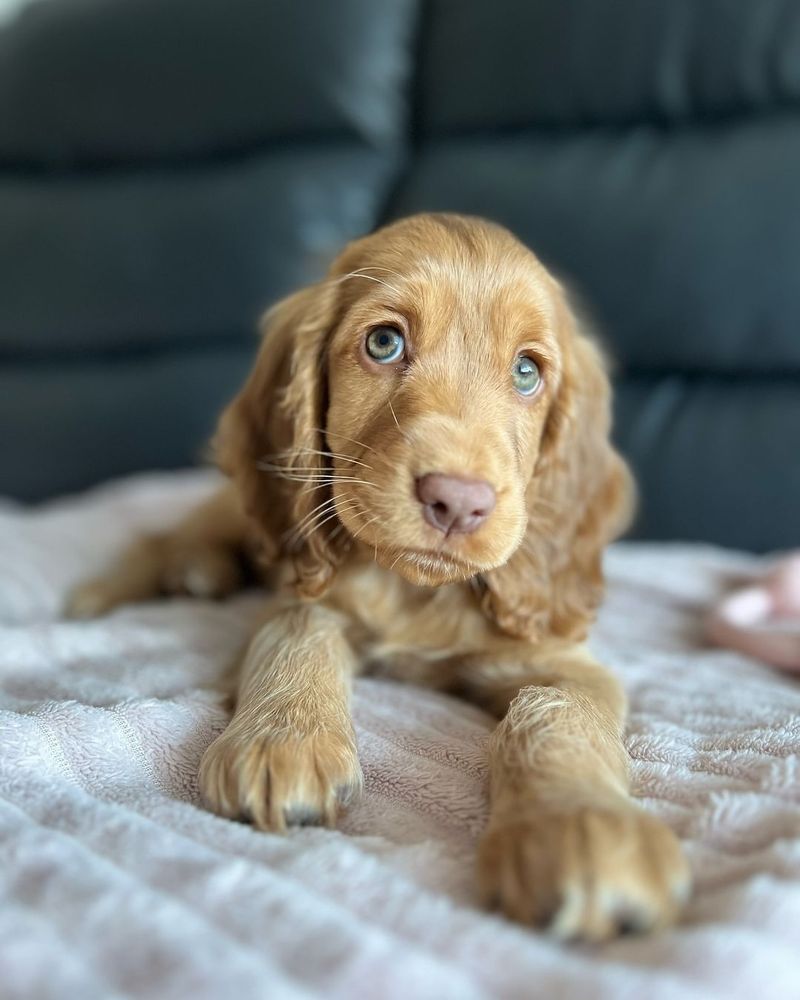
Known for their stunning, wavy coats and friendly personality, Cocker Spaniels are a beloved breed. However, their coats demand significant upkeep, including frequent brushing and professional grooming to avoid tangles and mats.
Despite their cheerful nature, Cocker Spaniels can be prone to anxiety, particularly if left alone for long periods. Early socialization and training are critical to help them develop confidence and reduce anxiety-related behaviors.
Their long ears are susceptible to infections, requiring regular cleaning and monitoring. Potential owners should be prepared for these grooming and health considerations, as well as the time commitment needed for training.
They are loving companions, but their unique needs may not be compatible with every household’s lifestyle.
16. Australian Shepherd
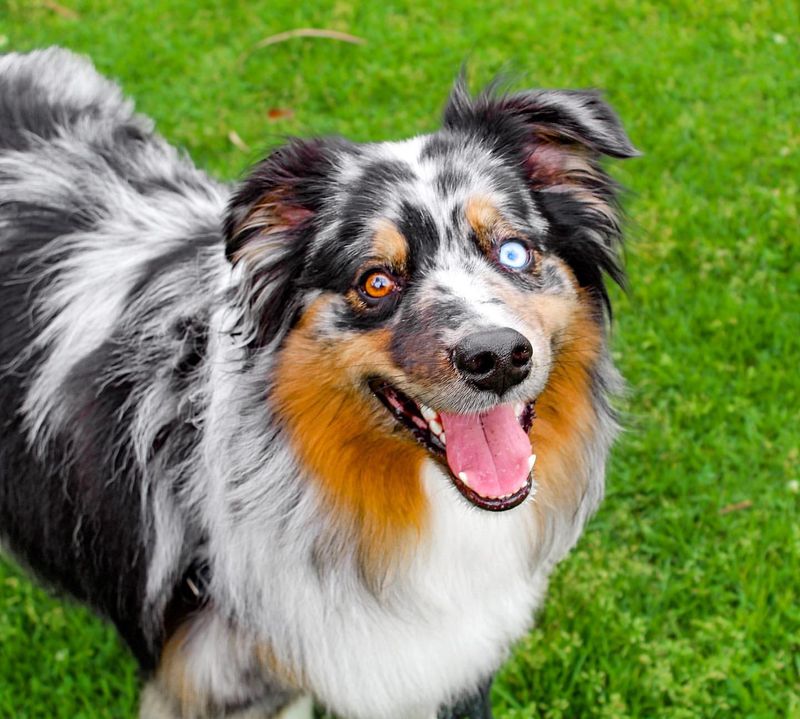
Australian Shepherds are renowned for their intelligence and agility, excelling in various dog sports and activities. However, their high energy levels require significant physical and mental engagement, which can be overwhelming for those with busy or less active lifestyles.
These dogs thrive on having a job to do and can become bored or destructive without adequate stimulation. Families considering an Australian Shepherd must be prepared to invest time in training and providing activities that challenge their minds.
While they are incredibly loyal and often form strong bonds with their owners, their needs can be demanding. Their herding instincts mean they may try to herd children or other pets, which can be a concern for some families.
For those who can meet their requirements, Australian Shepherds are rewarding companions, but they are not suited for everyone.
17. Pekingese
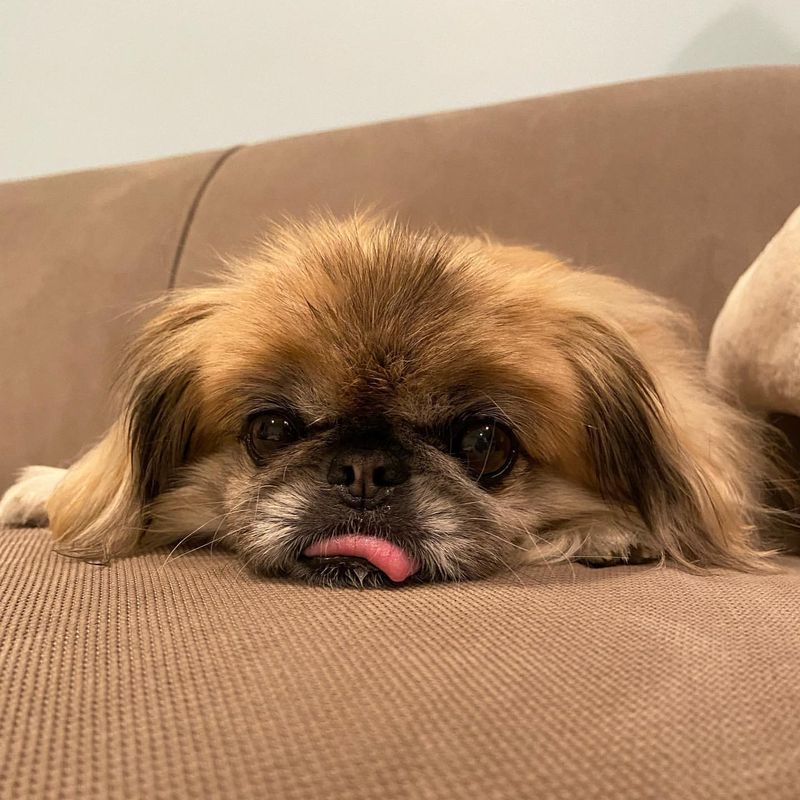
Pekingese are known for their regal appearance and independent personalities. Their lush coats require regular grooming to maintain their beauty and prevent mats. This can be a time-intensive process, often requiring professional grooming assistance.
Consistency and positive reinforcement are key to overcoming their stubbornness and achieving obedience. Their brachycephalic face structure can lead to respiratory issues, particularly in hot or humid climates. This requires careful consideration of their living environment and activity levels.
While Pekingese can be delightful companions, their grooming and health needs may not be suitable for everyone, particularly those seeking a low-maintenance pet.

